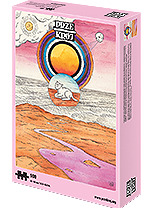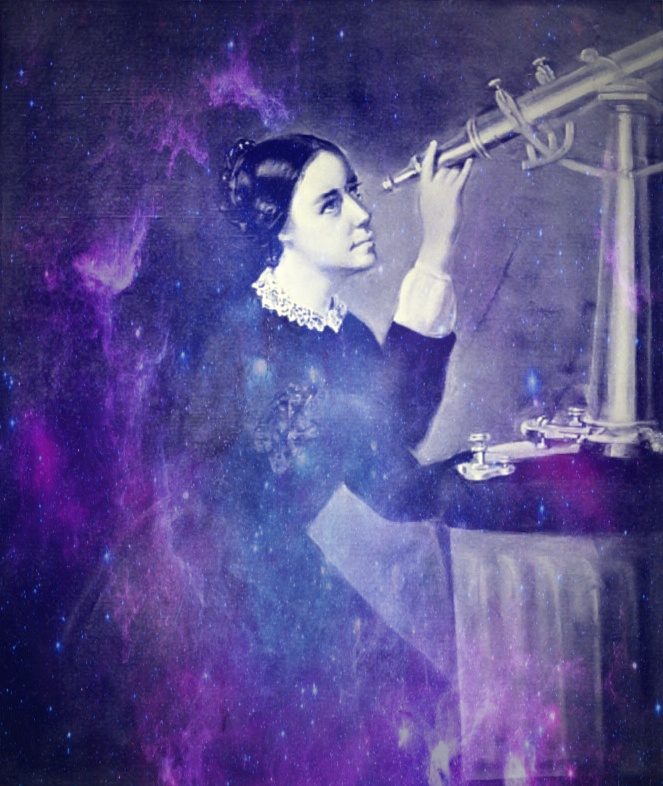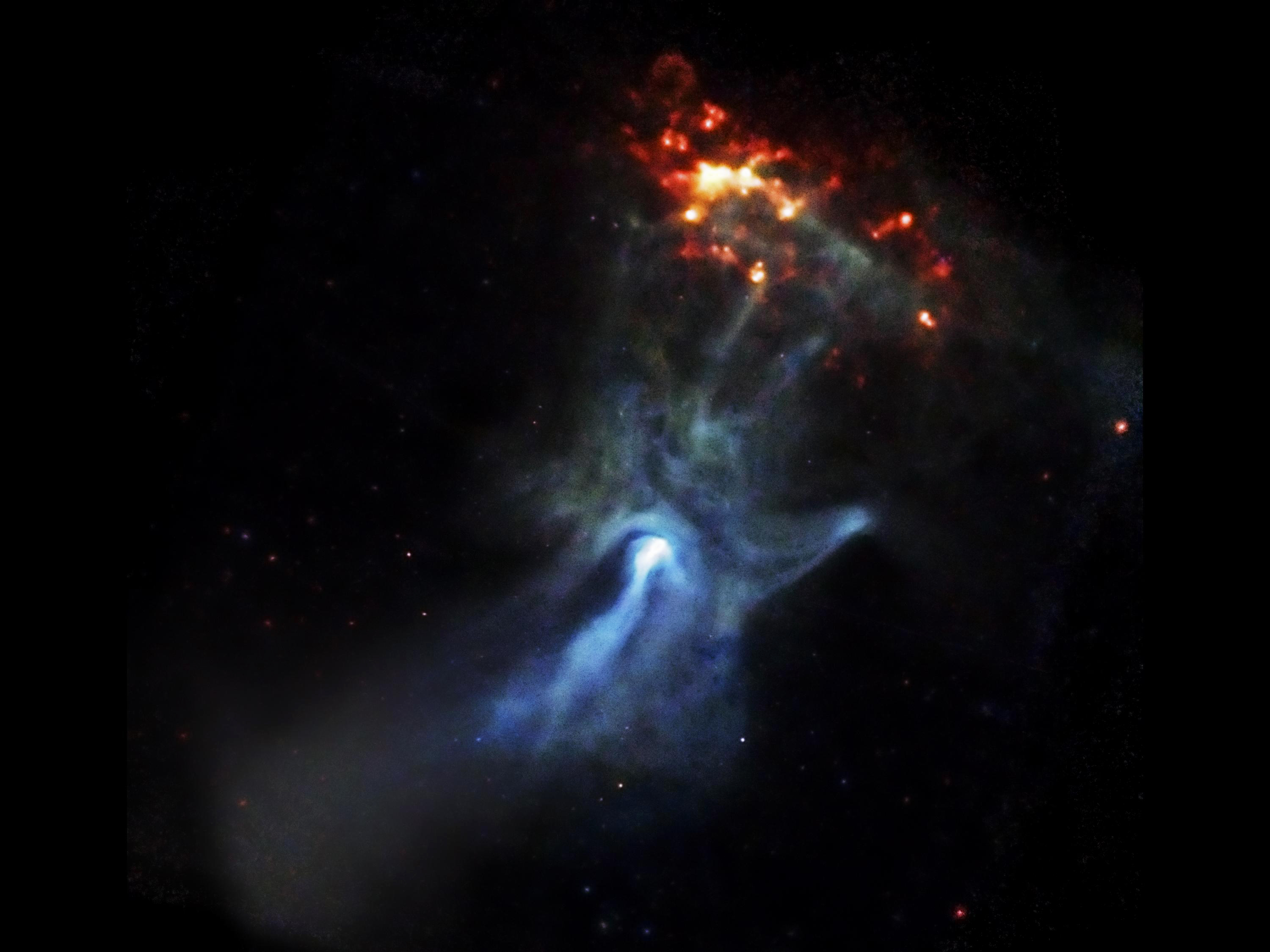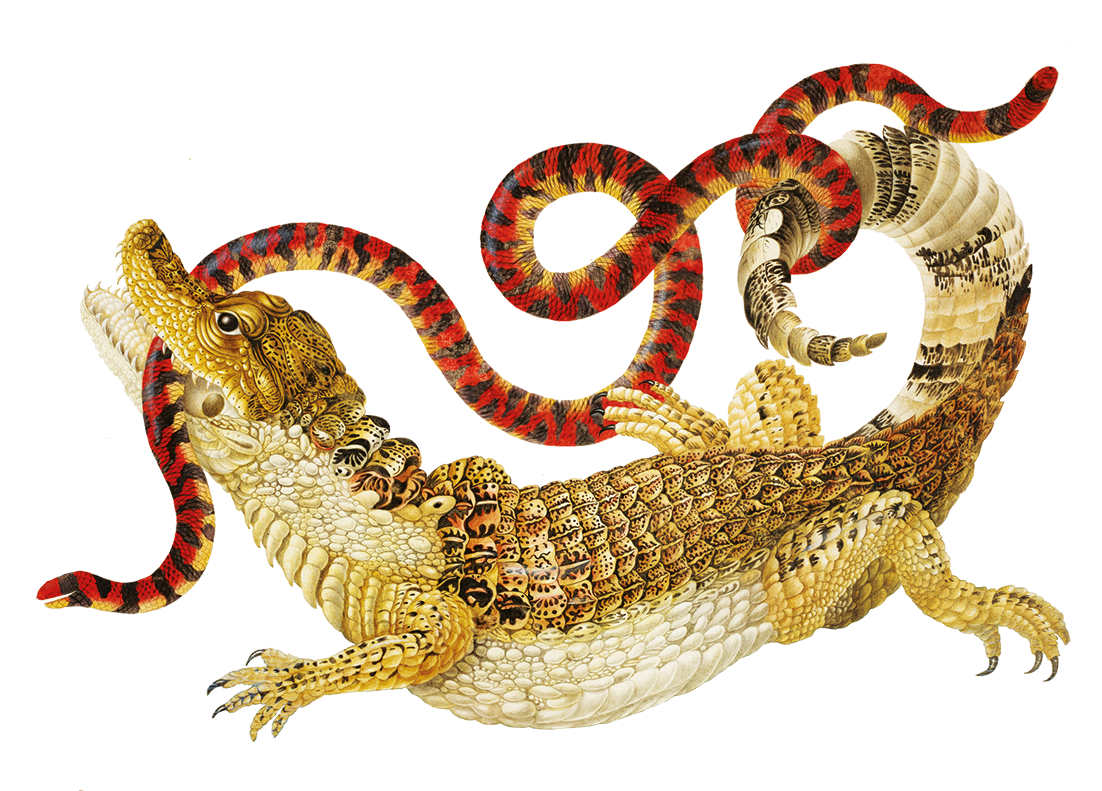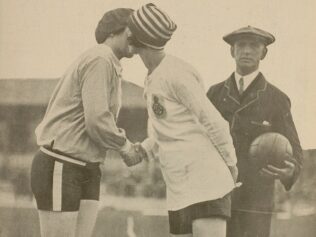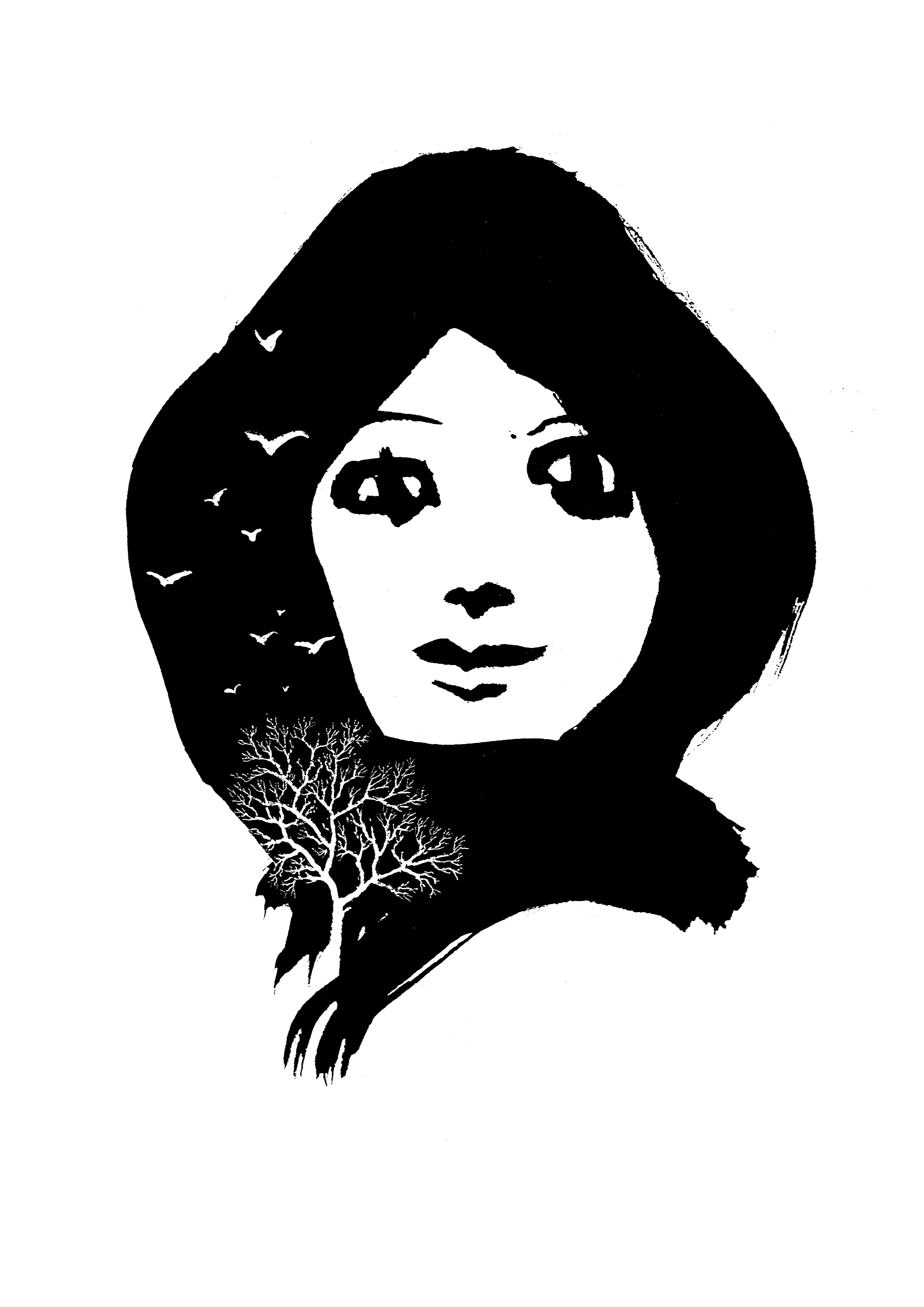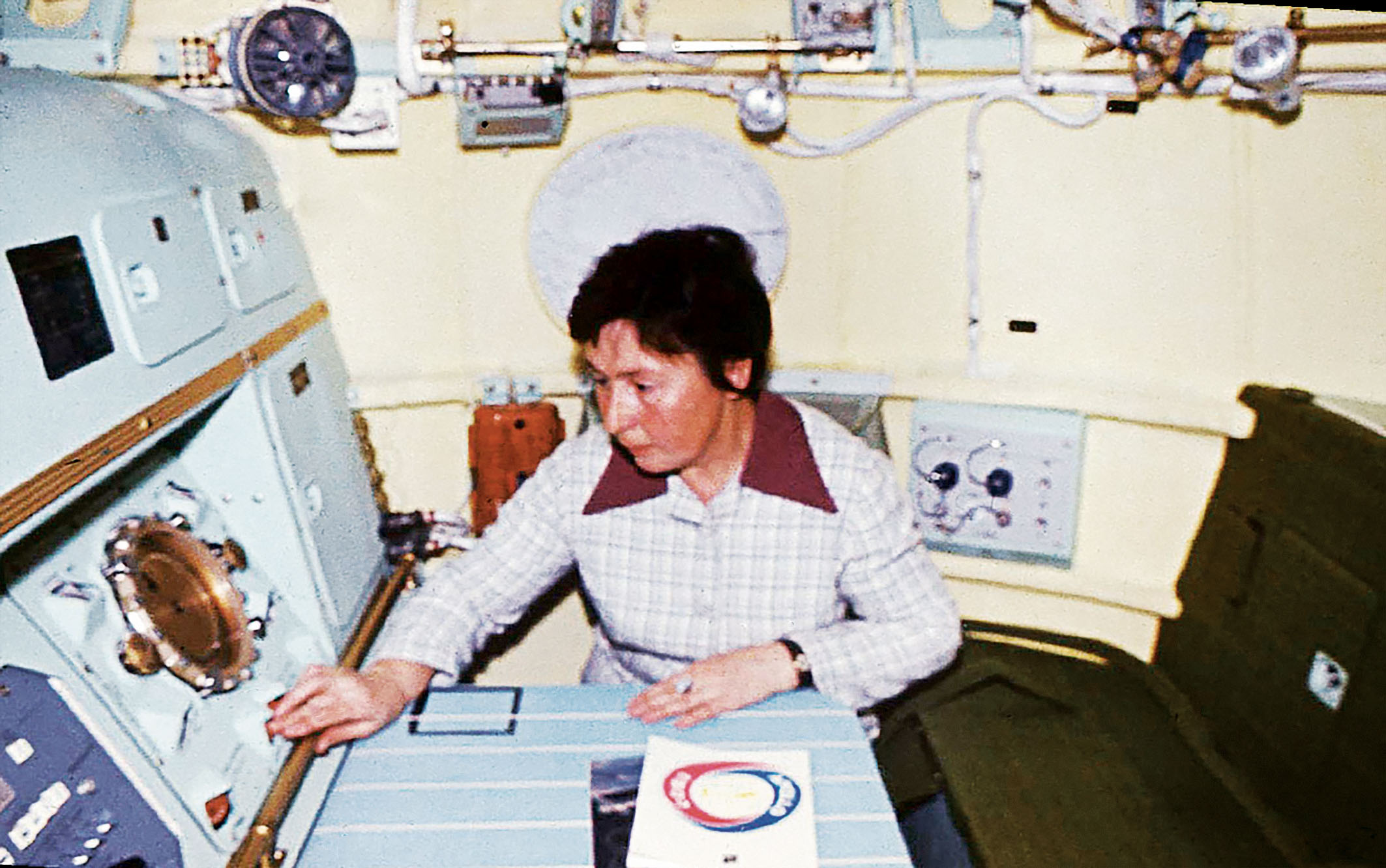
Maria Mitchell – the first American woman astronomer, who discovered the comet known as ‘Miss Mitchell’s Comet’ – did not have a university education. Yet her knowledge was unmatched; her intelligence and personal class remarkable. She was prepared to question all authorities: those in the world of science, and those who dictated social norms and customs (including norms preventing women’s access to knowledge). In leaving her native island of Nantucket, she was determined to devote her life to the intellectual culture of women.
Question everything
“There is something elevating in the study of any of the natural sciences, and especially there must be in the study of other worlds. When we are chafed and fretted by small cares, a look at the stars will show us the littleness of our own interests,” said Maria Mitchell in 1865. She was greeting her students at Vassar College – the first American college for women, founded four years earlier by Matthew Vassar, a successful brewer from Poughkeepsie, New York. Vassar, an exceptional man, believed that women should enjoy the same access to knowledge as men. He also maintained that women students needed women teachers as role models.
Mitchell, the first American woman astronomer who could boast the discovery of a comet (officially referred to as C/1847T1, informally known as ‘Miss Mitchell’s comet’), did not have a university education, nor any experience of teaching at such an advanced level. But her knowledge of astronomy was unmatched, her literary competence – especially when it came to poetry – impressive, and her intelligence and personal class remarkable. Vassar did not doubt that Mitchell should be the first professor in his new school. Having completed only three years of formal education himself, he was able to appreciate the rebellious spirit of a woman who professed the dictum: “We cannot accept anything as granted, beyond the first mathematical formulae. Question everything else.” What Mitchell had in mind was the readiness to question all authorities in the world of science. However, the same words could easily be applied to the social norms and customs of the time, including those that prevented women’s access to knowledge. Vassar, an extraordinary self-made man and a feminist, found a kindred spirit in Mitchell. And Mitchell, an indefatigable explorer of ‘other worlds’ – those that could be seen through the telescope, as well as those that could be discovered in poetry – became the co-founder of one of the most prestigious schools in the US.
“We shall grow larger if we accustom ourselves to contemplate great objects – we shall broaden with the effort to grasp great truths,” Mitchell once said. Indeed, that was the quintessence of Mitchell’s way of thinking: scientific precision combined with the imagination, love for more-than-human nature combined with spiritual maturity; the precision of a researcher with a joyful, fulfilled humanity. Vassar’s death in 1868 was a huge blow to Mitchell, but she did not interrupt her scientific or educational work, also becoming one of the most important women’s rights activists. Like Vassar, she believed that access to education was fundamental, but that the will of women to emancipate themselves from the roles they were forced to play was equally important. Mitchell would sometimes accuse women of partial responsibility for maintaining their own oppression: “The world has not outgrown the idea that women are playthings, because women have not outgrown it themselves.”
After Vassar’s death, she wrote a resolution in her diary: “To give my efforts to the intellectual culture of women.” There was no shortage of opportunities to fight for this most important cause. In 1873, Edward Clarke published a book titled Sex in Education, in which he argued that an excess of knowledge ruined the health of several students at Vassar College. In Clarke’s view, women who devoted their life to science became “mental hermaphrodites”. When the continued existence of the school was in question, Mitchell went to war – and won.
Athena of Nantucket
Maria Mitchell was born on 1st August 1818, on the island of Nantucket, inhabited mostly by fishermen and made famous by Herman Melville (though the author of Moby Dick visited it for the first time only after publishing the novel). This is how he described the island:
“Nantucket! Take out your map and look at it. See what a real corner of the world it occupies; how it stands there, away off shore, more lonely than the Eddystone lighthouse. Look at it—a mere hillock, and elbow of sand; all beach, without a background. There is more sand there than you would use in twenty years as a substitute for blotting-paper. Some gamesome wights will tell you that they have to plant weeds there, they don’t grow naturally; that they import Canada thistles; that they have to send beyond seas for a spile to stop a leak in an oil-cask; that pieces of wood in Nantucket are carried about like bits of the true cross in Rome […] But these extravaganzas only show that Nantucket is no Illinois.”
Maria was the third of 10 children born to Lydia and William Mitchell. Benjamin Franklin – a diplomat, discoverer and politician, later immortalized on the hundred-dollar bill – counted among her distant cousins. The Mitchells were Quakers. They led a simple, modest life and obeyed strict moral rules, but they also believed in science and education – including the education of girls. The Quakers have no priests and no hierarchical church. They place emphasis on direct religious experience; they believe in the ‘inner light’ that every human being holds within him or herself, so their spirituality goes hand in hand with independent thinking. It does not require the acceptance of dogmas imposed by some external authority. Mitchell’s parents were enlightened, open-minded people, curious of the world, and they passed that attitude on to their children.
Mitchell’s mother, Lydia, was a passionate reader. Before getting married, she worked as a librarian – in both libraries on the island – and was reputed to have read all the books in their collections. Her father was one of the few local boys admitted to Harvard University, but he gave up studies because he would not have been able to take Lydia along. He held a variety of jobs to support his growing family. He worked as a cooper, candle manufacturer, farmer and schoolmaster. He had taught himself mathematics and astronomy so that he could make some money calculating latitudes for the U.S. Coast Survey. Throughout his daughter’s upbringing, he emphasized the key role of intuition and direct experience. He said: “Thee must watch closely; then will thee see and know for thyself.” Books were important, too, but studying had to be coupled with imagination.
The Mitchell children were surrounded by an atmosphere of constant inquiry and intellectual exploration. Suspended from the kitchen ceiling, a crystalline bowl of water caught the slanting sunlight throwing rainbows around the white-painted room. In the Quakers’ system of values there is no room for pleasure for the sake of pleasure, but there is room for science – the rainbow decoration was a way to study optical phenomena, such as refraction. The children experimented with lenses, crystals, light. To learn botany, they planted various kinds of flowers around the house. The beauty of nature and physical phenomena was not considered frivolous, but deeply spiritual. Mitchell said later: “Every formula which expresses a law of nature is a hymn of praise to God.”
It is from her father that Mitchell learned a love of the stars. The Mitchells’ house, like most buildings on the island, had a ‘widow’s walk’ – a platform built on the roof that families used to scan the sea for the sails of their loved ones’ ships returning home. But the Mitchells put their ‘widow’s walk’ to a different kind of use. Maria’s father did not go to sea. Instead, he arranged an astronomical observatory on the roof: the first observatory of the future professor at Vassar College. Most evenings, as long as the weather was clear, they would set up the instruments and gaze into the sky. Even extreme cold did not stop them. Maria learned to appreciate the beauty and precision of the world.
She was a quick learner. When she was only 14, a ship’s captain came to the Mitchell home to have his chronometer rated. Her father was away but the girl suggested she could do it herself. To the captain’s surprise, she did the work perfectly.
She studied astronomy and maths, later also adding foreign languages. She learned Latin, French and German. She wanted to read Schiller’s poetry in the original German. She loved books. She studied Paradise Lost by Milton, examining its astronomical intuitions. That 17th-century poet and astronomer was interested in science, and his mystical visions were in agreement with the current state of knowledge about the cosmos. In the two centuries dividing Milton and Mitchell, science made significant progress. However, both individuals were driven by the same desire: to understand the nature of the universe, both in its physical and spiritual aspects.
S. T. Coleridge’s The Rime of the Ancient Mariner was among Mitchell’s favourite poems. The hero of the poem, an experienced sailor, expresses wisdom that must have been very close to the heart of the astronomer:
[…] He prayeth well, who loveth well
Both man and bird and beast.He prayeth best, who loveth best
All things both great and small;
For the dear God who loveth us,
He made and loveth all.
Mitchell started supporting herself at the age of 17, remaining financially independent until the end of her life. She worked as a tutor and later also as a librarian in the Nantucket Atheneum – the cultural centre of the island, which, at the time, received many renowned guests, including R. W. Emerson. Lilla Barnard, a girl who would later become Mitchell’s student, thought of the future astronomer as Athena: the goddess of wisdom; the queen of Atheneum.
Even while busy working, Mitchell found the time to observe the stars. She noted in her diary that Betelgeuse was, surprisingly, intensely red, while Rigel was yellow.
In the 1840s, she parted ways with the Quakers. She had no objections to the basic tenets of their faith – such as pacifism or the preference for a simple and modest lifestyle – but she could not accept some of the more puritanical rules (such as the ban on music). She joined the Unitarians, who believed that every human being carries within themselves a particle of divinity, regardless of their professed religion. Such openness among the Unitarians caused them to sometimes be considered a threat to ‘true’ Christianity. In the 1870s, Mitchell nearly lost her post at Vassar College because she belonged to this ‘dangerous’ sect.
The comet
On 1st October 1847, Maria Mitchell discovered a comet, which is now named after her. The comet, from Greek komētēs (a ‘hairy star’), is a small celestial body appearing in the proximity of a central star, such as our sun. As it approaches the star, it becomes more active. As it drifts away, it changes into a frozen ball of rock and ice. Periodic comets return regularly into the field of vision of astronomers on Earth. Non-periodic ones do not come back.
Miss Mitchell’s comet visited the Earth’s skies only once, and there are no pictures of it. It was a ‘telescope’ comet, that is to say, one that could not be observed with the naked eye. In Mitchell’s time, many comets were known, but spotting a new one was still a big event. King Frederick IV of Denmark, fascinated with astronomy, founded a prize for anyone who discovered a new telescope comet.
That evening, a party was in progress at the Mitchells’ house, but Maria left and went to her observatory. She spotted a small, smudgy, luminous stain on the sky, invisible to the naked eye, but definitely present through her telescope. She immediately guessed that it might be a comet. She called her father. He wanted to report her discovery right away, but she was more cautious. She noted the position of the object carefully and continued observation. Two days later, Maria’s father sent a letter to scientists at the University of Cambridge, in which he described his daughter’s discovery. Some months later, a package came from Denmark – a gold medal inscribed with Mitchell’s name and a Latin phrase meaning: “Not in vain do we watch the setting and rising of the stars”.
It was the beginning of her professional career, as well as her fame. In 1848, Maria became the first woman in history admitted to the American Academy of Arts and Sciences. At the invitation of The American Ephemeris and Nautical Almanac, she joined a group of 10 scientists examining the position of heavenly bodies during the entire year, compiling information vital for navigators. In 1852, Herman Melville visited the Mitchells. Maria’s intelligence made a big impression on him. She became an inspiration for one of his most famous poems – After the Pleasure Party – in which he pondered the question of gender equality. Mitchell was the only woman working for The Almanac. She was assigned the task of making calculations for the planet Venus.
On the NASA website, we can read today that Venus is “the hottest planet in our solar system with surface temperatures hot enough to melt lead”. Since it is the planet closest to the Earth, and because it is permanently covered with clouds that reflect and scatter sunlight, it seems to be the brightest planet in view. Just a little bit smaller than the Earth, it is, like our home, also a rocky planet. Its surface is mostly covered with volcanoes, and its atmosphere is composed of carbon dioxide and hydrogen with clouds of sulphuric acid droplets. The inhospitable, foggy planet rotates in the direction opposite to most planets – which is why the sun sets in the east and rises in the west on Venus. Yet this happens extremely rarely. For an observer on Venus, 116.75 Earth days pass between subsequent sunrises. In contrast, the Venus year only lasts 1.92 Venus days.
Calculating the position of planets is difficult, as one must take many factors into consideration, such as the rotation of the Earth around its axis, the elliptical movement of the Earth around the sun, and the shape of the orbits of the observed planets. Mitchell calculated the position of Venus, predicting it for many years into the future. The information she gathered was used in sea navigation. At the end of 1850, she was using one of the best telescopes in the country – it was a gift from ‘the women of America’, who collected money to assure the best working conditions for Maria. Her new observatory was located in the Atheneum. “Would you like to see Venus in full sunlight?” she asked Lilla Barnard one summer morning in 1861. The Civil War had just broken out and Nantucket was deserted. Lilla’s reaction was enthusiastic. A moment later the woman and the girl were arranging instruments. Years later, Lilla reminisced about how two lights shone on her that morning: one reflected by the planet, and one emanated by miss Mitchell – strong, joyful, and devoted to her work.
A war against the academy
While Maria was learning a love of the stars, the natural sciences were considered apolitical, and therefore safe, even for girls. That soon changed. In the second half of the 19th century, the growing feminist movement was accompanied by a strong anti-feminist backlash. In the 1880s, Mitchell had to protect Vassar College against the attacks of people such as Edward Clarke, mentioned earlier. She started travelling around the US, promoting women’s education and arguing that science needed women. She also went to Europe. She found the level of education and the state of women’s awareness depressing.
Struggle for gender equality in science took more of her energy than her research. She befriended the novelist Louisa May Alcott (author of Little Women), the poet Julia Ward Howe, and the suffragist Elizabeth Cady Stanton. She co-founded the Association for the Advancement of Women, later becoming its president. In 1876, she delivered a speech at one of the organization’s meetings, in which she argued – like Virginia Woolf did later – that women, in order to achieve excellence in a given discipline, need intellectual and material independence. They need, literally and metaphorically, ‘a room of their own’.
At the same time, Mitchell discovered that both her and Alida Avery (the other woman professor at Vassar) received about a third of what male professors earned (many of them with significantly smaller achievements). She decided to fight for justice. As she explained, she was not only fighting for herself, but on behalf of all women exploited financially because of their gender. When negotiations failed, Mitchell and Avery threatened to quit their posts – only then did the authorities increase their wages.
To the end of her life, she fought for the right of women to develop their passions (and also encouraged them to have passions). She was a teacher, a spiritual guide and a confidante. She never married. She did not have children. Little is known about her private life.
The eclipse
In July 1878, Mitchell took a group of her students to Pueblo, Colorado, to witness a full eclipse of the sun. Such an opportunity does not come by too often, and it is a treat for astronomers, as eclipses make it is possible to view the sun’s ‘corona’, as well as objects near the sun that cannot be seen by the human eye in sunlight.
Mitchell hired a man to help the party. On the day of the eclipse, his main task was to make sure that no one came near Mitchell or her students while they worked. They positioned their telescopes, and one student watched the chronometer and counted off the seconds. When this student lost her voice, Mitchell took her position. It took an hour for the moon to fully cover the sun. During this time, the women took notes and made sketches. They also posed for a group photo. The event for which they travelled so far west – the full eclipse of the sun – lasted just 160 seconds.
Afterwards, Mitchell noted in her diary:
“As the last rays of sunlight disappeared, the corona burst out all around the sun, so intensely bright near the sun that the eye could scarcely bear it; extending less dazzlingly bright around the sun for the space of about half the sun’s diameter, and in some directions sending off streamers for millions of miles.”
In that joyful, elevated moment, Mitchell’s sensitivity – scientific and poetic, precise and spiritual – found its full expression. She said: “We especially need imagination in science. It is not all logic, nor all mathematics, but is somewhat beauty and poetry.”
In order to see the beauty and the poetry of this world, which is so close at hand, one has to know how to look. Maria Mitchell knew precisely how to do that.
She died on 28th June 1889.
P.S.: Now we know that almost everything that exists on Earth is made of stardust, including humans and animals. We came from the stars, and that is where, in the end, we will all return to. Before that happens though, we have eyes and ears and intellect, which is the universe’s way of knowing itself, as Carl Sagan put it. Wasting these gifts would be a great shame.

